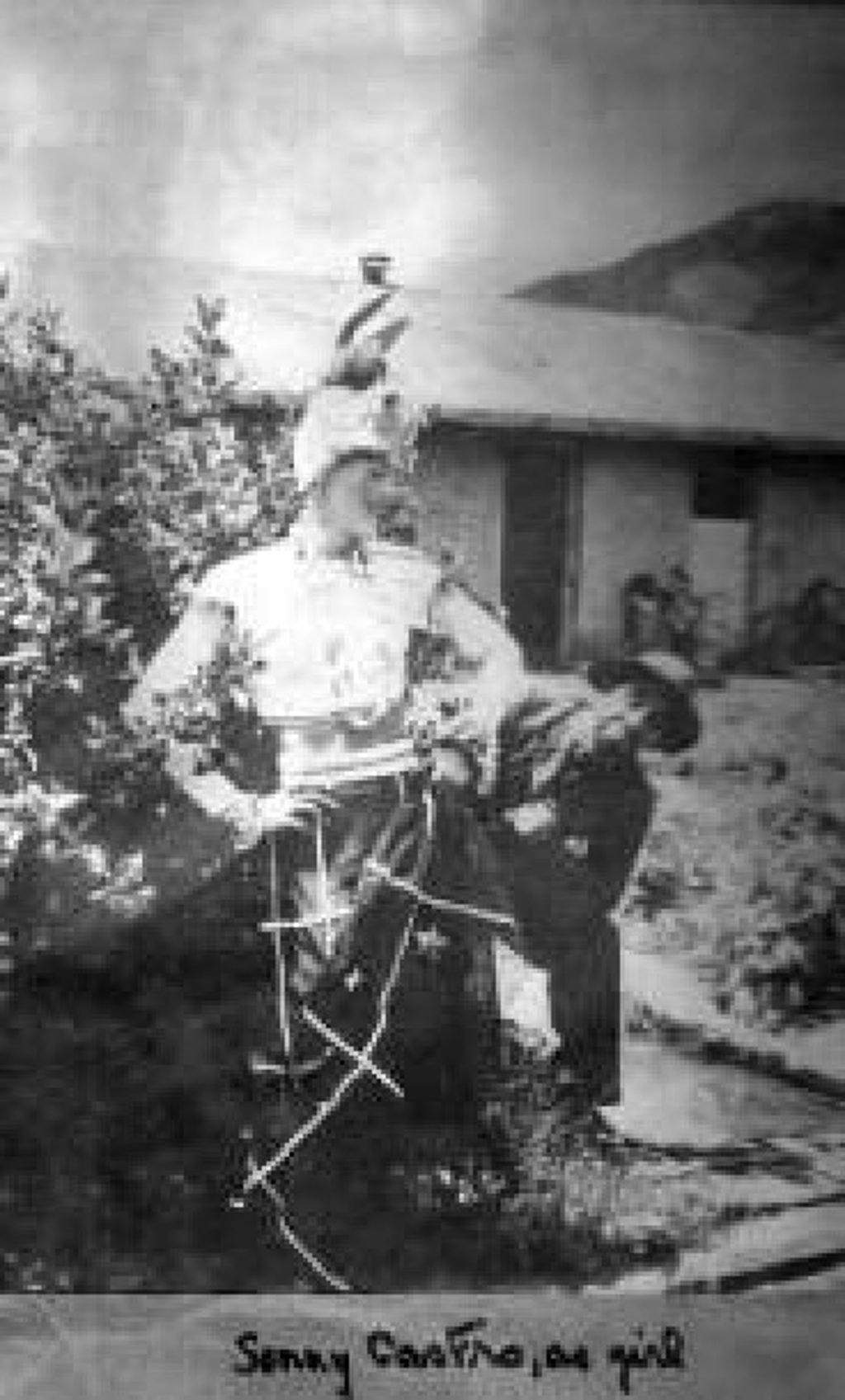Then & Now | How Hong Kong POWs used every inch of innovation to fashion costumes for amateur theatre productions
- Amateur dramatics helped alleviate the boredom of prisoners of war during the Japanese occupation of Hong Kong in the 1940s
- Theatrical costumes were improvised from clothes obtained in camp and creatively decorated with items such as scrounged medical supplies

Accounts of prison camp life under the Japanese during the Pacific war years, whether in Hong Kong, Singapore, the Philippines, the Netherlands East Indies (modern Indonesia), Thailand, or other parts of Southeast Asia, all mention amateur theatrical productions, concerts and musical recitals.
Staged to help pass the time, which otherwise dragged heavily and slowly, these performances provided a welcome distraction, for both performers and audiences, from the depressing everyday circumstances of prison life.
Memoirs, diaries and other personal accounts of internment at Stanley camp in Hong Kong generally mention theatrical costumes; improvised from clothes obtained in camp, these were typically borrowed from individual owners when performance organisers learned that certain useful items were available. But where did these garments – and other potential props – originate?
In the interwar years, fancy-dress costume parties were staple features of European life in colonial Asia, and a ready source of improvised entertainment; from early childhood, dressing-up boxes created colourful pirate costumes and so forth from discarded old clothes and fabric scraps.

Nobody expected costumes to be picture perfect; making a determined effort, combined with ingenuity and design flair, were all part of the fun.
